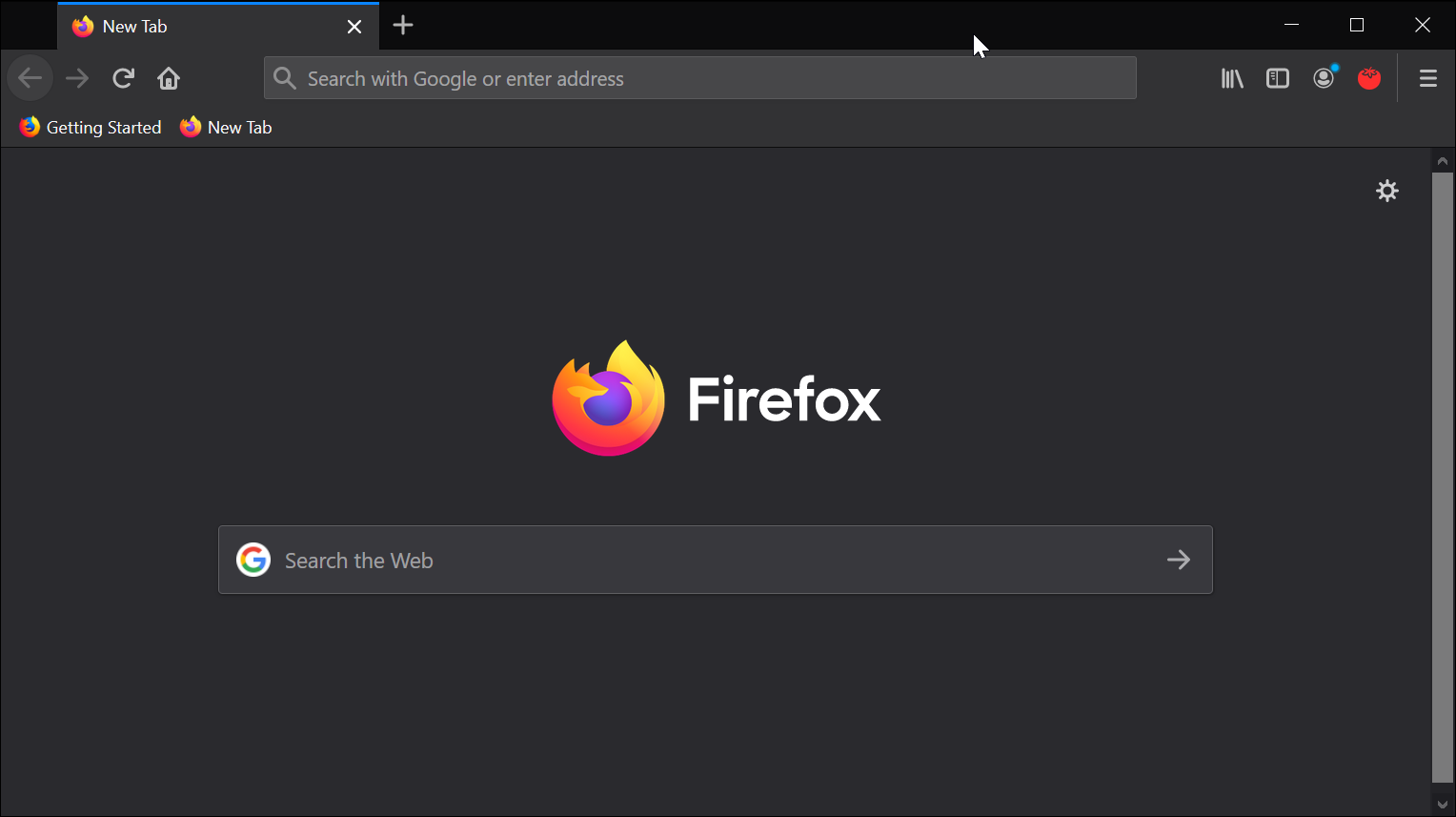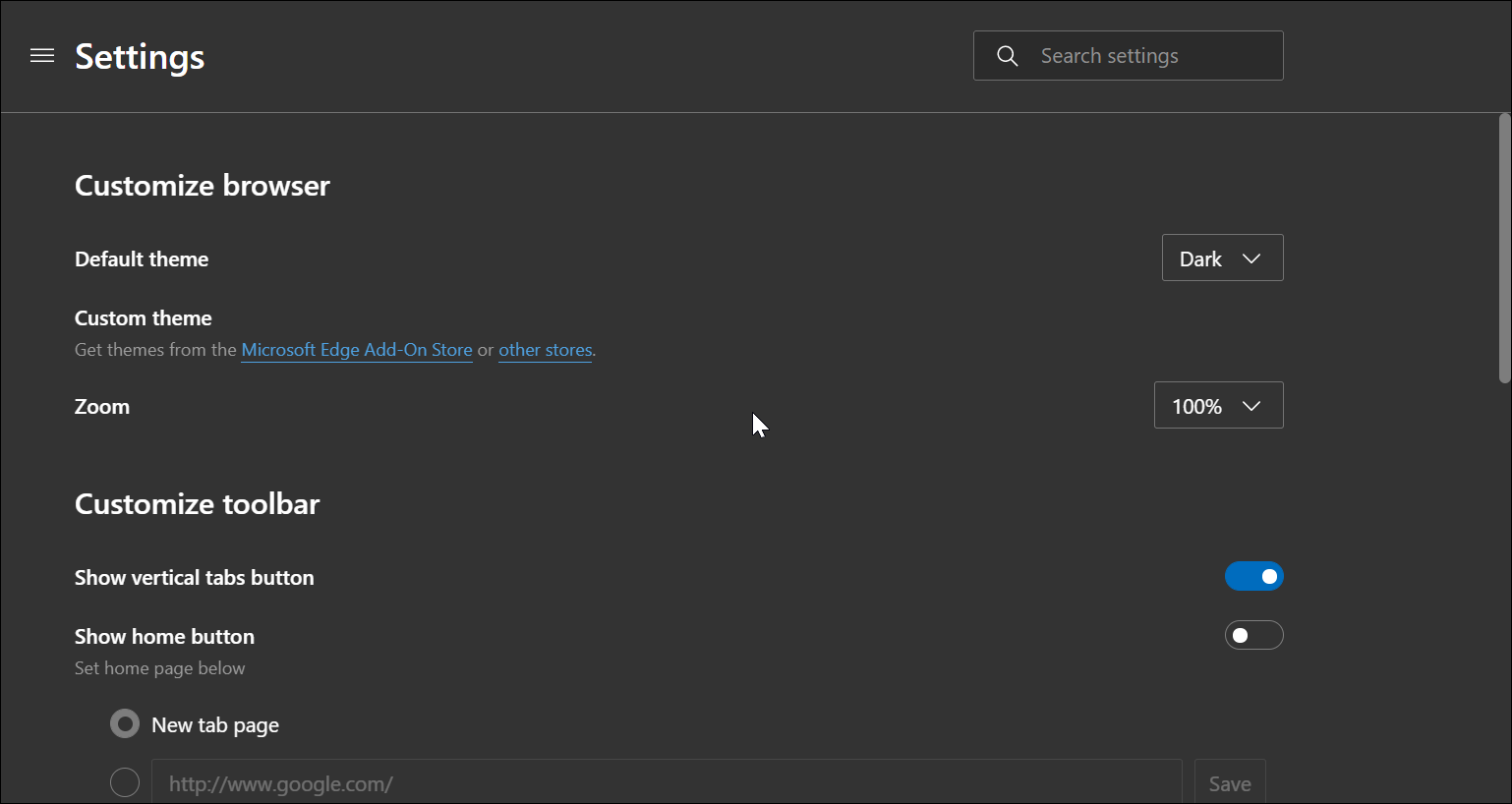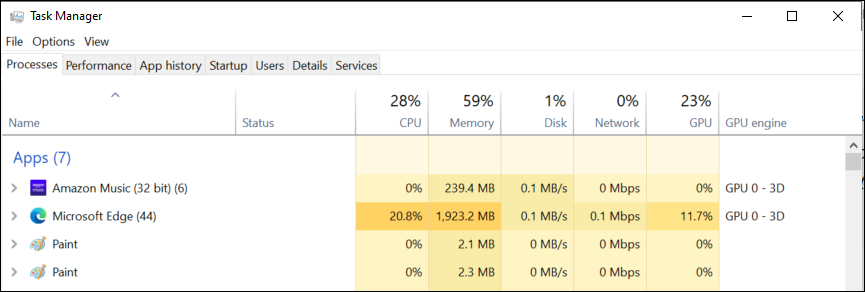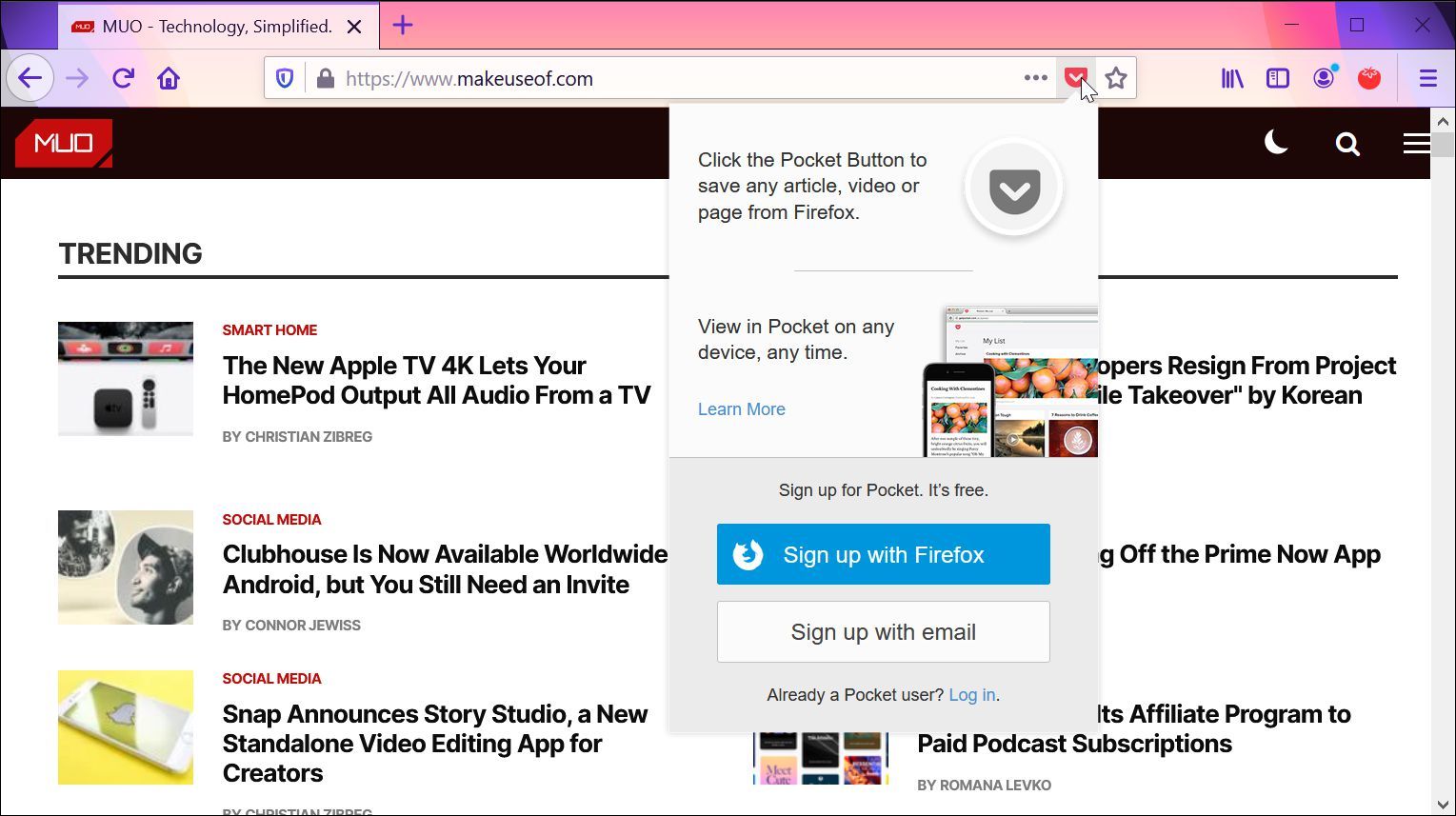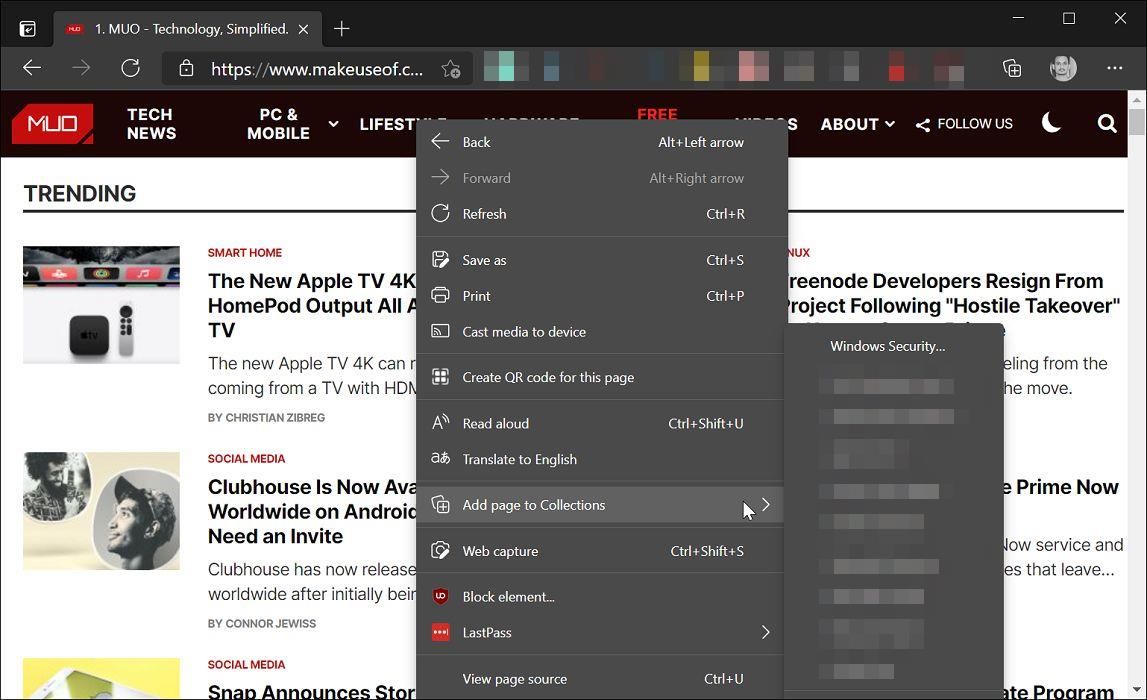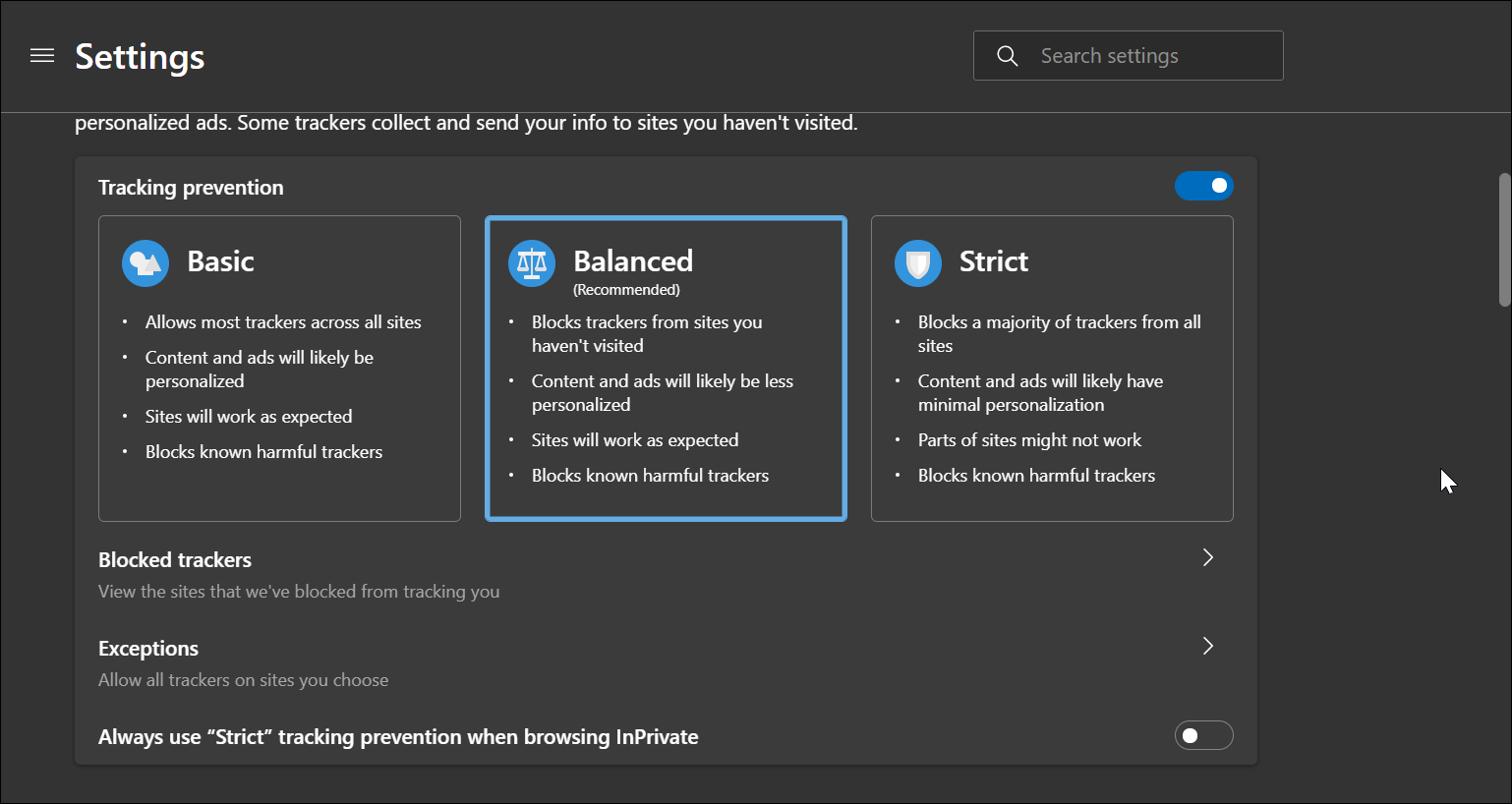Anyone considering switching from Google Chrome has two major alternatives to consider —Microsoft Edge and Firefox.
While Firefox is banking on its privacy promises to make a comeback, Microsoft relaunched Edge powered with Chromium—an open-source browser project that also powers Google Chrome. Both the browsers have some unique features and similarities on offer. But, which browser should you choose?
Here’s my review comparing Firefox to Microsoft Edge in terms of design, privacy, features, and portability to help you decide on the browser that meets your needs best.
Design
Let’s start with how the browsers look. Both browsers get the basics right and offer an address and search bar at the top with all the enabled extensions displayed on the top left corner. However, where Firefox prefers bold icons, Edge has more rounded edges and a minimal user interface. If you switch from Edge to Firefox, you will notice the difference right away.
When it comes to search, the default search engine is different. Firefox has set Google as its default SE, whereas Edge has Microsoft’s Bing. Fortunately, you can set your preferred search engine if you want.
The personalization options on both browsers are limited. You can choose between a few pre-installed dark and light themes and customize fonts. While there is an option to download more themes, there is no True Dark Mode. This means the users still have to depend on third-party extensions to enable Dark Mode.
Performance and Compatibility
Some browsers are faster than others. This also holds if you compare Edge and Firefox for sheer speed and compatibility. To get a better idea of standards compatibility, I decided to run a test on the HTML5Test website that has the highest score of 555. It scores the browser’s compatibility with the current web standards.
In this test, Edge maintained a good lead at 528, but Firefox, with a score of 508, is not far behind.
Now that we have the compatibility score let us delve into performances. For this, I used the WebXPRT 3 benchmarking tool. To test the browser’s performance, it runs a set of 42 tests to evaluate HTML, JavaScript handling, photo manipulation, and face detection to emulate average user use and score accordingly. After a rigorous test, Firefox scored 121 while Edge scored 111.
For the next test, I focused on browser speed and ran the browsers through the JetStream Benchmarking app. It is considered one of the most comprehensive JavaScript and WebAssembly benchmarking tools. This time, however, Edge, with a score of 67, outshined Firefox's 48.
Note that some of these tests are hardware-dependent, and you may get different scores based on your device’s configuration.
Microsoft Edge continued to impress with its excellent memory and CPU resource management as well. While Firefox’s resource management was not off the charts, Edge is better optimized for low-end PCs and otherwise.
Features and Extensions
Switching from Edge to Firefox and vice versa is easy enough. Once you have installed the browser, you can import bookmarks, passwords, and back up data from other browsers, including Chrome.
Firefox has some tools that Edge misses out on. For example, the Pocket integration allows you to add/save web pages to your Pocket account. However, Edge, instead of relying on a third-party service, created its own read-it-later service.
The exclusive Collections feature on Edge is my favorite feature and something I hope to see in other browsers. It allows you to group similar web pages and name them for future reference or research work.
Ability to take screenshots, reader view to cut the clutter and focus on the text, read-aloud feature with a pleasantly good voice, and the built-in spell checker are a few common utilities available on both browsers. The good voice bit is limited to Edge browser only, though.
Additionally, you can share web pages from your desktop to your smartphone via the Your Phone client. It is a nifty feature and works well on both browsers.
Extension support is another important aspect of the modern browser, and for both these browsers, it is a strength. More so for Edge, as it can install extensions from both Window Store and Web Chrome Store. Firefox’s add-ons collection has almost every major extension that you will get on Chrome Store, even if not as large.
Privacy and Security
In this internet age, it is important to protect yourself and your information online. Most modern browsers include standard data encryption and built-in tracking protection to block third-party trackers. In addition, Firefox discards your browsing information like password, cookies, and history after closing the Private Browsing mode.
Microsoft says it may “collect data when using the Windows Input Method Editor for typing and inking to improve language recognition and suggestion capabilities” in Private Mode; otherwise, all the browsing information is cleared after the windows are closed.
Both browsers offer three modes of tracking prevention. You can choose between Basic, Balanced, and Strict (Custom in Firefox) to adjust your global tracking protection settings, with each having its pros and cons.
On Edge, make sure to enable Always use Strict tracking prevention when browsing InPrivate for added privacy in Private Mode.
On Edge, Microsoft Defender SmartScreen can protect the users from malicious sites, downloads, and block apps from untrusted sources.
Firefox’s Deceptive Content and Dangerous Software Protection works similarly and is enabled by default. You can manually enable or disable it from the Privacy and Security section of the browser.
The Oldest Thing on the Internet has a New Competition!
Firefox, with its reiterated support for user privacy, is still an obvious choice for privacy mavens. What also helps is the fact that it is an open-source project developed by a not-for-profit organization.
Microsoft Edge, on the other hand running on the shiny Chromium project, brings a lot of functionality and features that will make the users switching from Chrome feel at home.
To sum up, Microsoft is making a conscious effort to improve the functionality of the Edge browser by adding unique features like Collections and borrowing some good bits from its rival browsers. Both the browsers have excellent feature sets, extension support, offer good user privacy options, and meet the latest web standards.
That said, in the long run, Microsoft’s browser will continue to edge out Firefox and Google Chrome.


